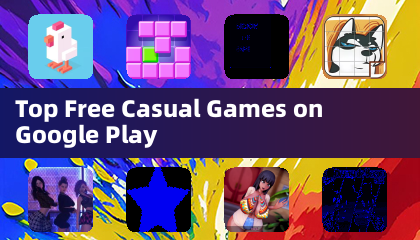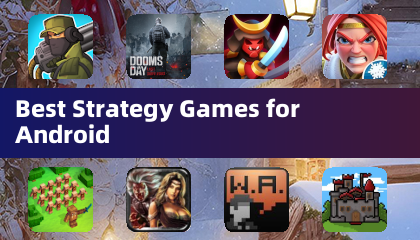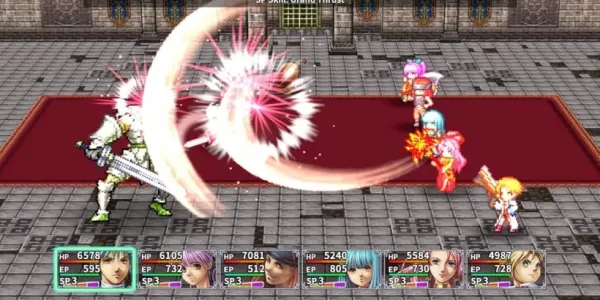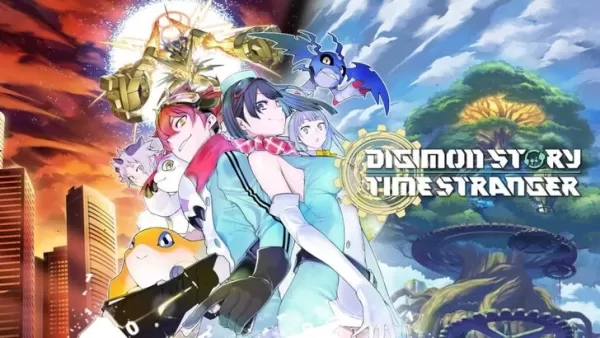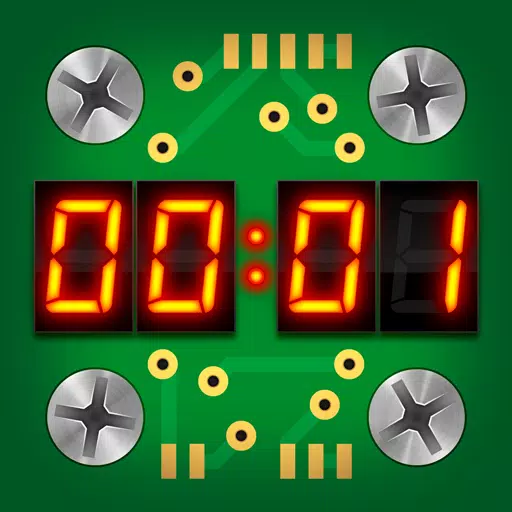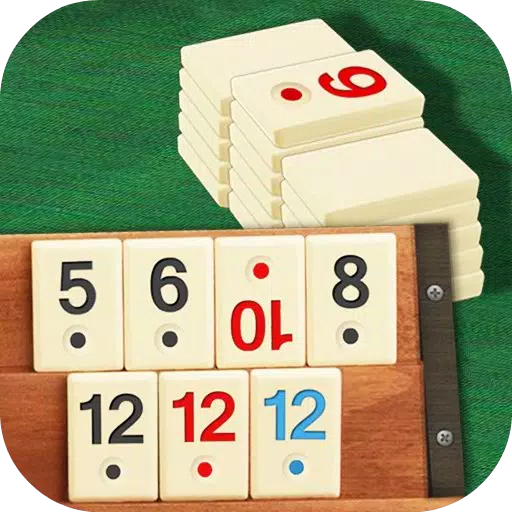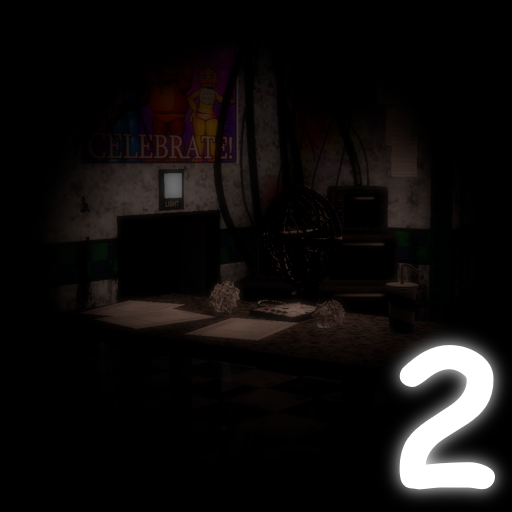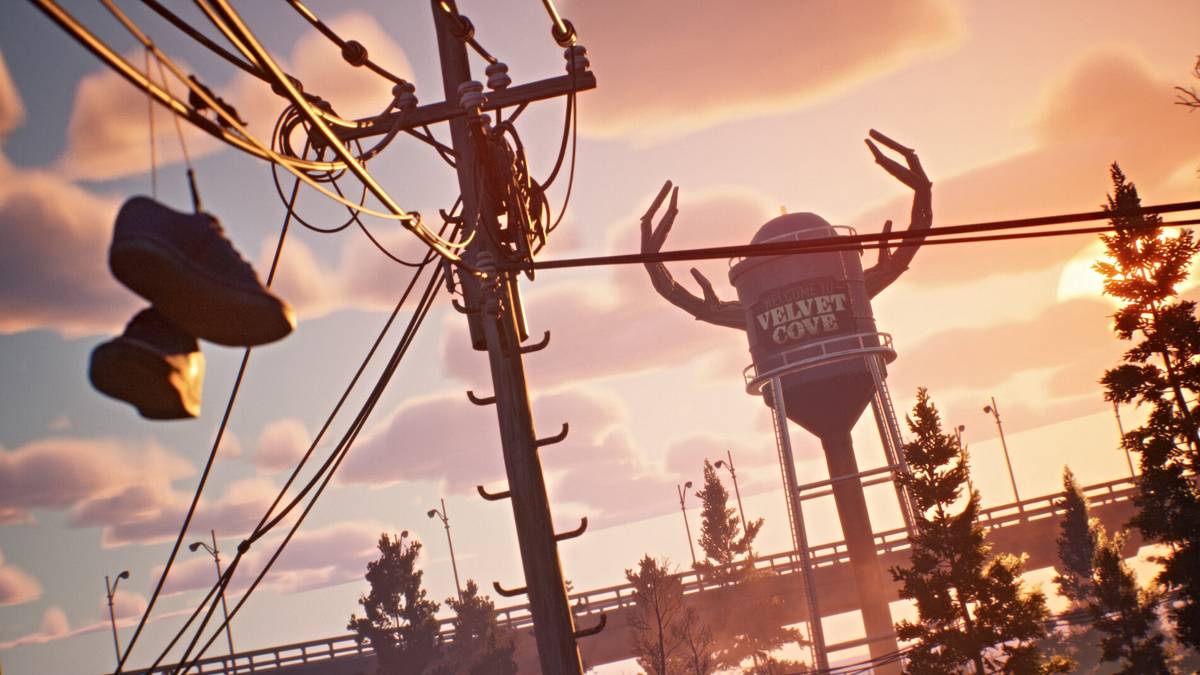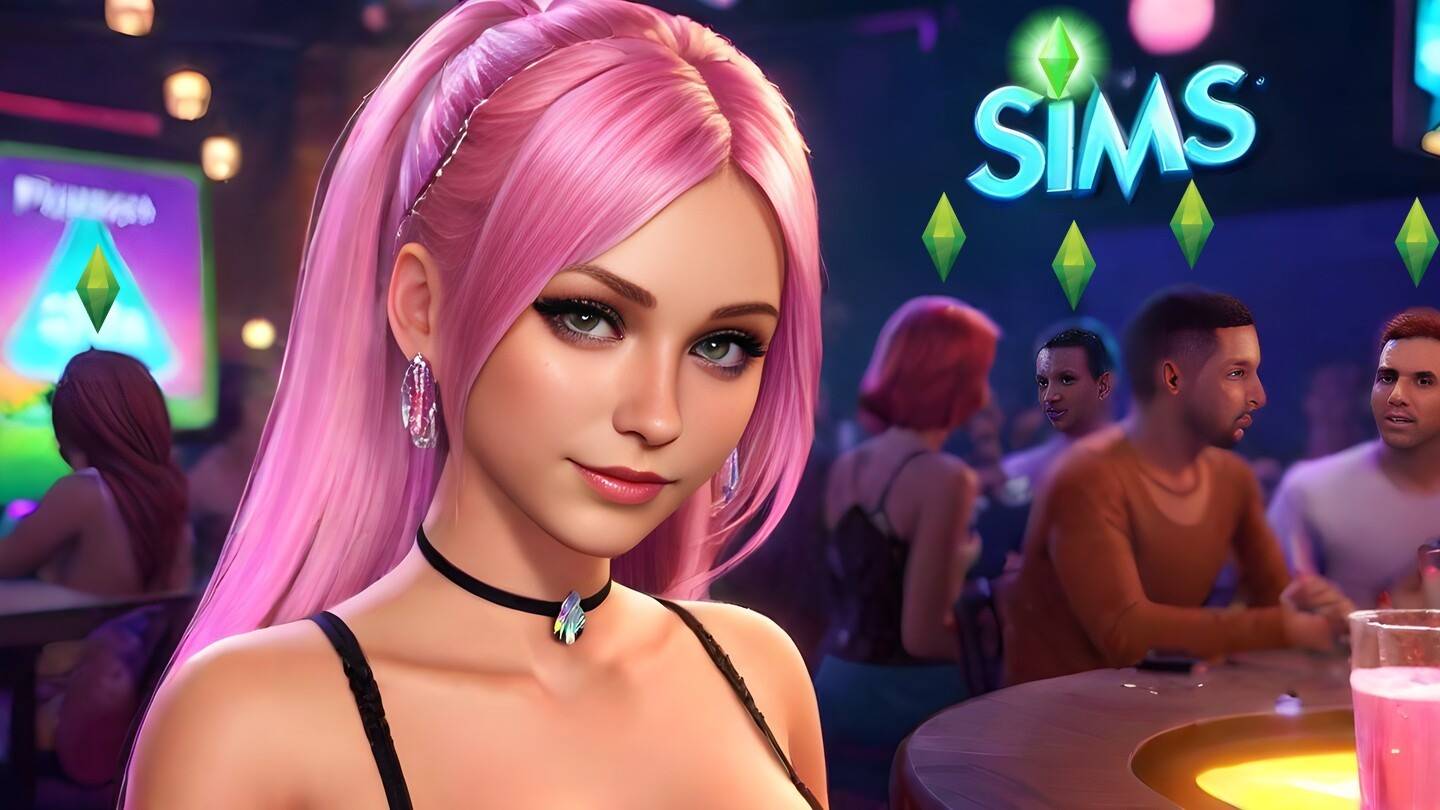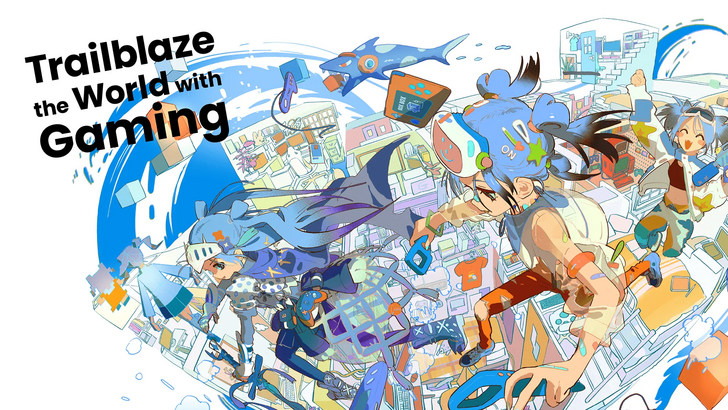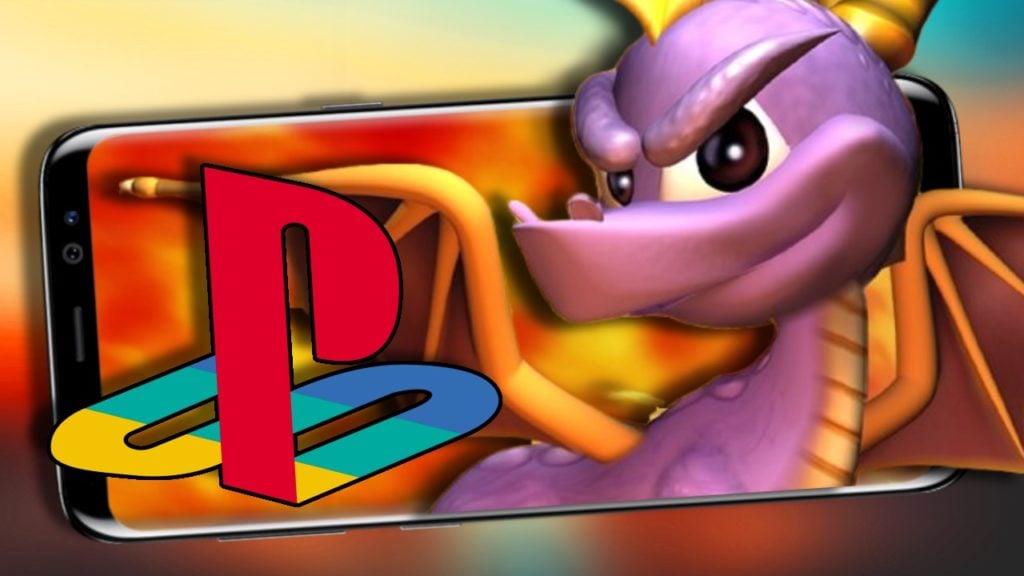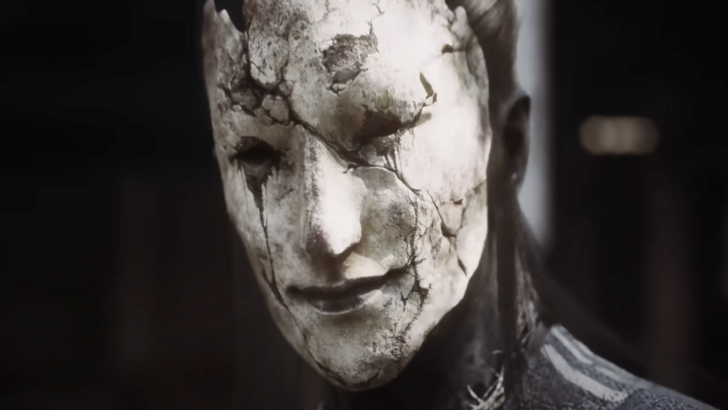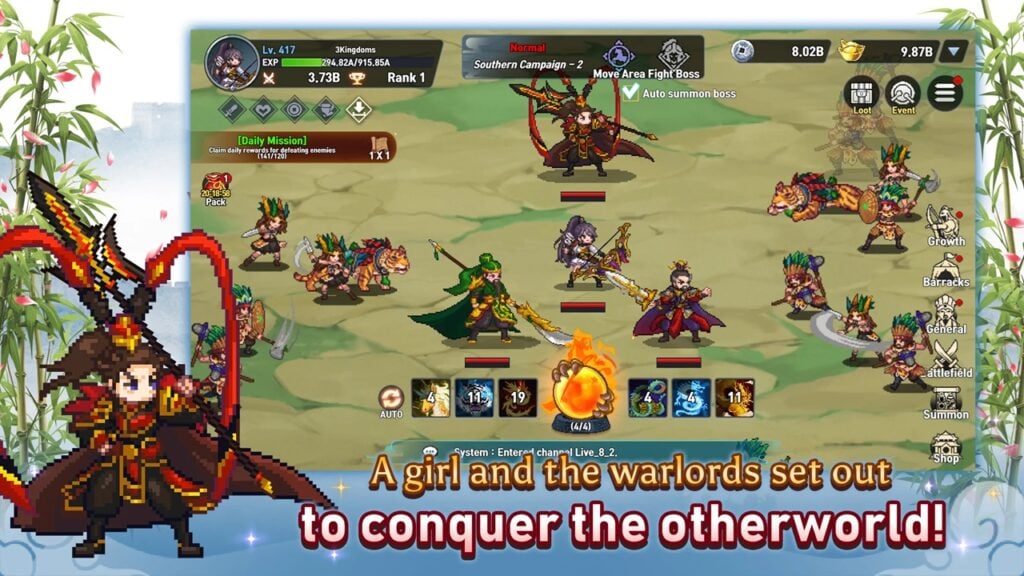Minecraft stands as one of the most beloved video games globally, yet its journey to success was fraught with challenges. The saga of Minecraft kicked off in 2009, evolving through various development phases and captivating gamers across all ages. In this article, we delve into how a single individual crafted a cultural phenomenon that revolutionized the gaming industry forever.
Table of Content ---
- Idea and First Implementation
- Active Audience Recruitment
- Official Game Release and Success on the International Stage
- Version Chronology
Idea and First Implementation
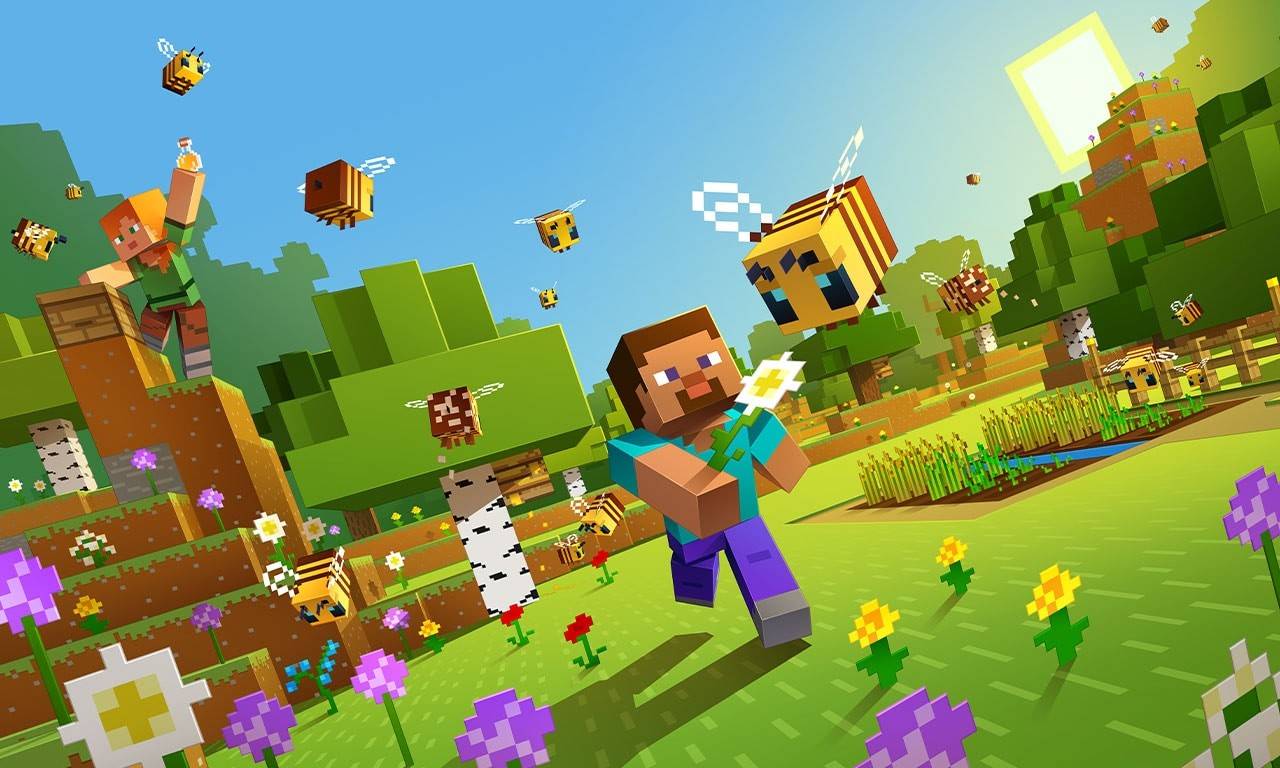 Image: apkpure.cfd
Image: apkpure.cfd
The story of Minecraft originated in Sweden, spearheaded by Markus Persson, better known as Notch. In interviews, he credits games like Dwarf Fortress, Dungeon Keeper, and Infiniminer as his inspiration. His vision was to craft a game that allowed players to build and explore freely.
The inaugural alpha version of this sandbox game debuted on May 17, 2009, during a break from Notch's primary job at King.com. Launched via the official game launcher, this initial release offered a simple pixelated sandbox that instantly drew attention from the gaming community. Players were eager to explore and contribute to Persson's burgeoning world.
Also read: Minecraft journey in invisible form: an overview of the invisibility elixir
Active Audience Recruitment
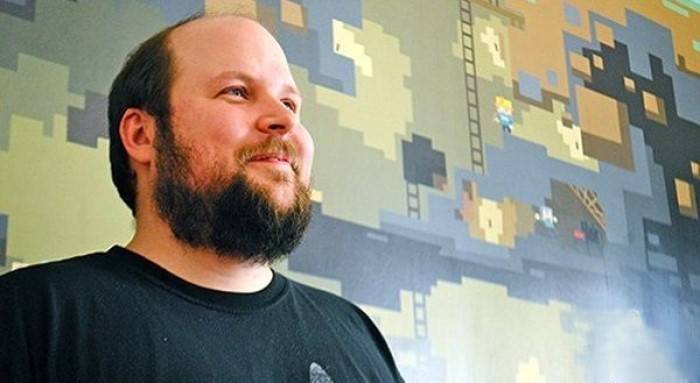 Image: miastogier.pl
Image: miastogier.pl
Word-of-mouth and online posts propelled Minecraft's rise in popularity. By 2010, the game transitioned into a beta phase, and Notch founded Mojang to focus solely on enhancing the sandbox experience.
The game's unique concept and endless creative possibilities became its hallmark. Enthusiasts built replicas of their homes, iconic landmarks, and entire cities, marking a monumental shift in gaming. A significant update introduced Redstone, enabling players to engineer intricate mechanisms.
Official Game Release and Success on the International Stage
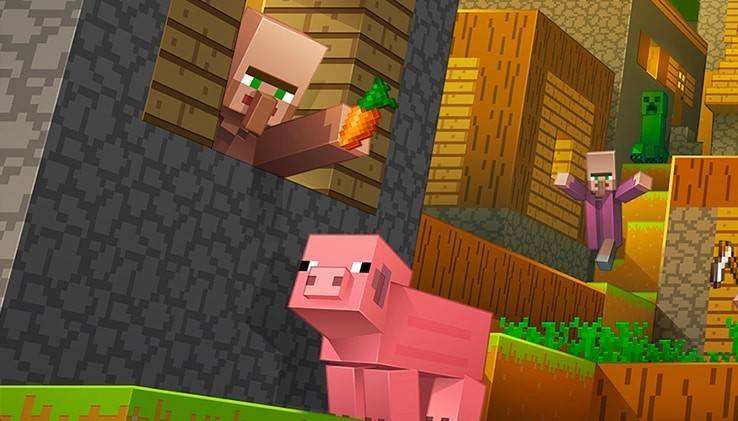 Image: minecraft.net
Image: minecraft.net
On November 18, 2011, Minecraft officially launched with version 1.0, boasting a community of millions. This fanbase became one of the most engaged in the world, with players crafting mods, diverse maps, and educational initiatives.
In 2012, Mojang expanded to various platforms, debuting on consoles like the Xbox 360 and PlayStation 3. This move welcomed console gamers into the fold, significantly boosting the game's appeal among children and teenagers. The fusion of entertainment and education became a standout feature, fostering creativity and learning.
Version Chronology
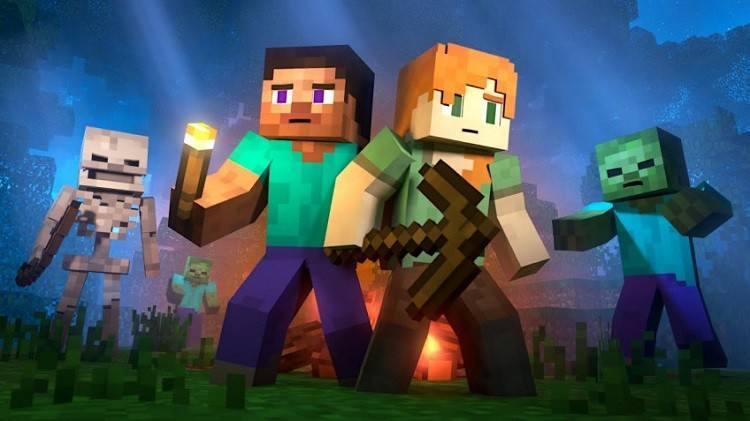 Image: aparat.com
Image: aparat.com
Below is a comprehensive list of notable Minecraft versions post its official release:
| **Name** | **Description** |
| Minecraft Classic | The original free version of Minecraft. |
| Minecraft: Java Edition | Lacks cross-platform play. The Bedrock Edition has been integrated into the PC version. |
| Minecraft: Bedrock Edition | Features cross-platform play with other Bedrock versions. Includes Java on PC. |
| Minecraft mobile | Offers cross-platform play with other Bedrock versions. |
| Minecraft for Chromebook | Available on Chromebooks. |
| Minecraft for Nintendo Switch | Exclusive version with the Super Mario Mash-up kit. |
| Minecraft for PlayStation | Offers cross-platform play with other Bedrock versions. |
| Minecraft for Xbox One | Includes parts of the Bedrock edition; no longer receiving updates. |
| Minecraft for Xbox 360 | Support ceased after the Aquatic Update. |
| Minecraft for PS4 | Includes parts of the Bedrock edition; no longer receiving updates. |
| Minecraft for PS3 | Support stopped. |
| Minecraft for PlayStation Vita | Support stopped. |
| Minecraft for Wii U | Added off-screen play option. |
| Minecraft: New Nintendo 3DS Edition | Support stopped. |
| Minecraft for China | Exclusive to China. |
| Minecraft Education | Designed for educational purposes; used in schools, camps, and clubs. |
| Minecraft: PI Edition | Educational version running on Raspberry PI. |
Minecraft's history is a testament to its enduring legacy. Far beyond a mere game, it has evolved into a vibrant ecosystem encompassing gaming communities, YouTube channels, merchandise, and even competitive events where players race to build structures. The game continues to evolve with regular updates, introducing new biomes, characters, and features to keep players engaged.



